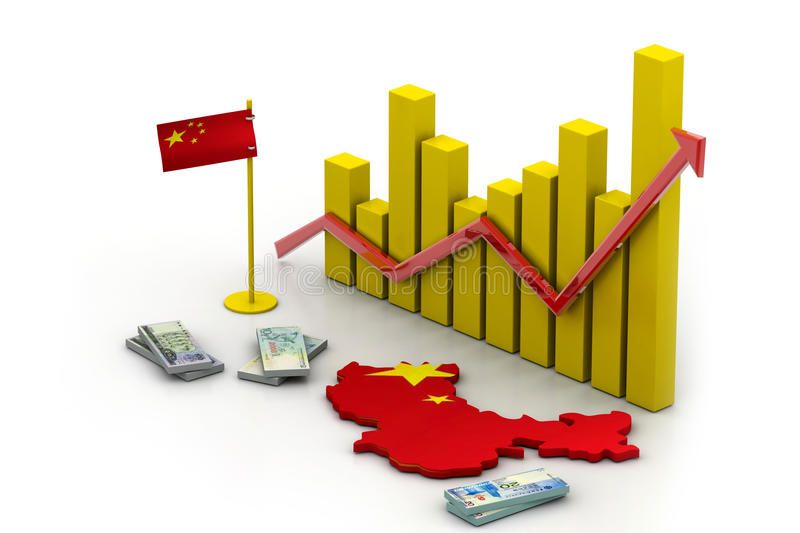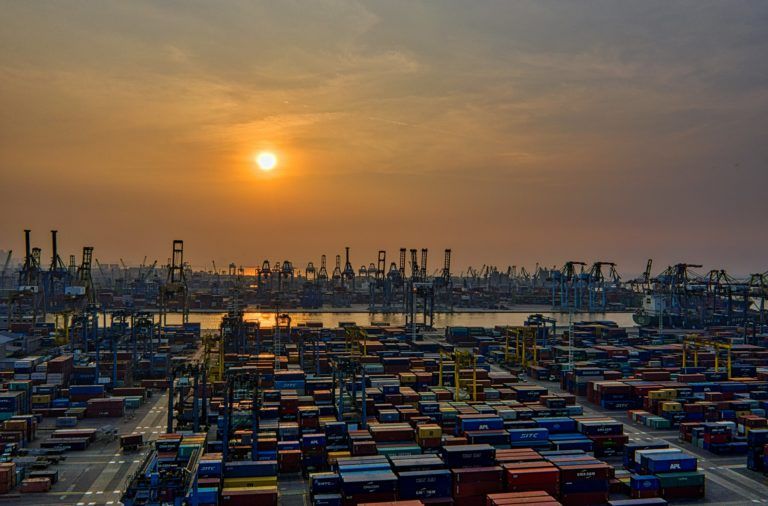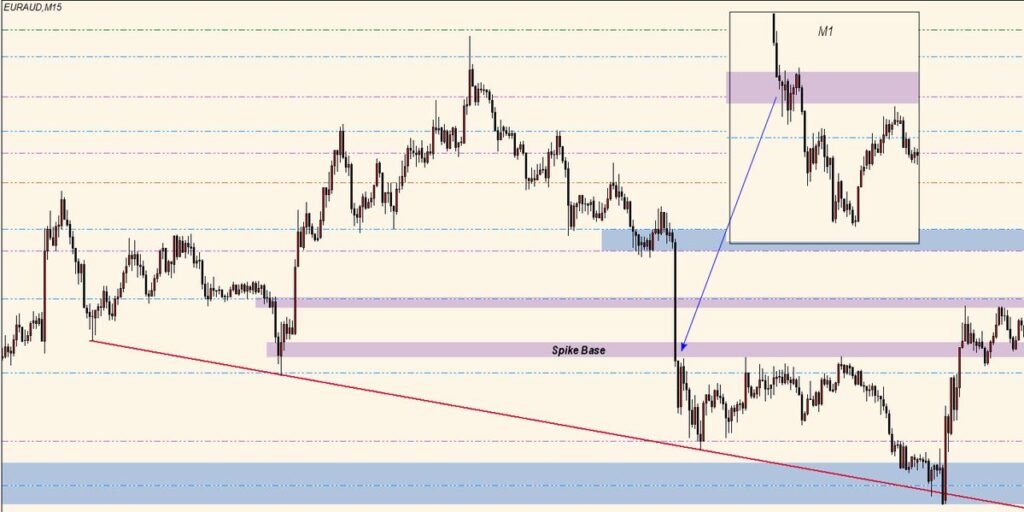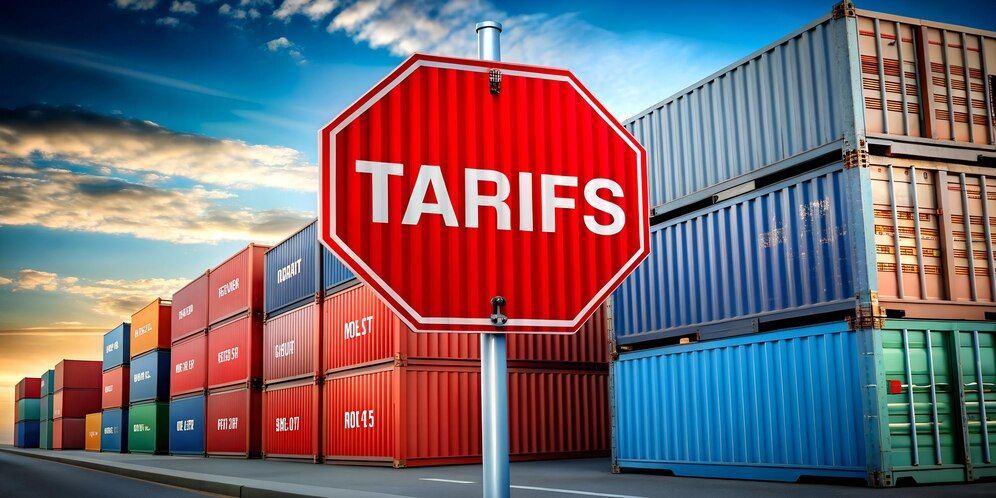- By TOP CHINA FREIGHT
- August 20, 2025
- Shipping
Freight rates from China can surprise even the most experienced business owners. Imagine you are preparing to import a large order—you’ve already negotiated with suppliers and are excited about the profits. But when the shipping invoice arrives, you’re shocked by how high the charges are. Rising transportation expenses, hidden surcharges, and unexpected delays can cut into your margins and cause frustration. The good news? If you understand the real reasons behind these high costs, you can make better choices, optimize transportation, and reduce your shipping bills.

1.Global Supply Chain Disruptions and Their Impact

One of the major reasons freight rates from China remain expensive is the instability of the global supply chain. Events like the pandemic, port shutdowns, and labor strikes disrupted normal transportation schedules, and even today, the effects linger. Ships wait longer to berth at major ports, which causes ripple effects through the entire transportation chain.
Transportation companies pass these inefficiencies onto customers through higher rates. For example, when containers are stuck in Los Angeles or Rotterdam, fewer containers return to China, driving up demand and raising freight rates from China.
Actionable Advice:
- Spread shipments across different ports to reduce risk.
- Invest in digital tracking tools to anticipate slowdowns.
- Collaborate with freight forwarders who can reroute cargo through less congested transport hubs.
2.Fuel Price Volatility and Transportation Costs

Transportation is heavily dependent on fuel. Whether you’re using ships, airplanes, trucks, or trains, rising oil prices directly increase costs. For ocean carriers, fuel accounts for a huge percentage of operational expenses. When oil prices spike, freight rates from China climb accordingly.
For example, air freight is extremely fuel-intensive. A sudden rise of just 10% in aviation fuel costs can translate into significantly higher per-kilogram charges. Similarly, shipping companies implement “bunker adjustment factors” (BAF) to cover fluctuating fuel expenses, which directly affect your transportation costs.
What You Can Do:
- Compare multiple carriers since fuel surcharges vary.
- Opt for slower but cheaper shipping methods, like slow steaming sea freight.
- Explore sea-air combined transportation, which balances speed and cost.
3.Container Shortages and Equipment Imbalances

Another critical factor behind high freight rates from China is container availability. The global container pool is often imbalanced: too many containers are stuck in low-demand markets, while high-demand export hubs like China face shortages.
When there aren’t enough containers, transportation companies raise prices sharply. For instance, during peak periods, the cost of a 40ft container from China to the US can increase by thousands of dollars. The lack of available equipment doesn’t just affect sea freight—it trickles down to trucking and rail services as well, because containers must be positioned inland before they can be loaded at ports.
Solutions:
- Book shipments early to secure containers in advance.
- Consider LCL (Less than Container Load) to share space with other shippers.
- Choose 20ft containers when 40ft units are unavailable or too costly.
4.Port Congestion and Transportation Delays

Ports are the heart of global transportation, and congestion is one of the biggest culprits behind expensive freight rates from China. Shanghai, Ningbo, and Shenzhen are some of the busiest ports in the world, and when vessels wait days—or even weeks—to berth, costs skyrocket.
These bottlenecks increase demurrage and detention charges, which are passed down to shippers. Inland transportation, like trucking and rail services, also gets disrupted when containers pile up at terminals, leading to further inefficiencies.
Shipper’s Playbook:
- Use alternative ports like Qingdao, Dalian, or Xiamen when possible.
- Diversify transport methods: for instance, use rail freight to Europe, avoiding congested sea routes.
- Leverage freight forwarders’ contracts to access priority berthing space.
5.Seasonal Demand Spikes

Every year, freight rates from China surge before Chinese New Year, Black Friday, and Christmas. Retailers worldwide rush to fill their shelves, and transportation networks simply cannot handle the spike in demand. Limited capacity means higher prices, and space on ships or planes is often auctioned to the highest bidder.
For example, in the weeks leading up to Christmas, air freight costs can double compared to off-peak months. Even sea freight containers become scarce, causing transportation delays that push companies to choose more expensive options.
How to Prepare:
- Place orders months before peak seasons to avoid surcharges.
- Negotiate annual freight contracts to lock in stable pricing.
- Split shipments between sea and air freight to ensure timely delivery without overspending.
6.Government Regulations and Tariffs

Trade policies and tariffs also impact freight rates from China. When tariffs rise, demand patterns shift unpredictably. Sudden surges in orders—rushed to avoid tariff deadlines—strain the transportation system, raising costs further.
Additionally, regulatory changes in customs clearance, documentation, and port security can add hidden fees. These may not appear in your initial freight quote but still inflate the final bill.
Action Steps:
- Stay informed about regulatory updates and tariff adjustments.
- Use experienced freight forwarders who manage compliance and paperwork.
- Choose the right Incoterms to clarify responsibilities and minimize risks.
7.Transportation Choices That Affect Costs
The transportation mode you choose—sea, air, rail, or trucking—has the largest direct influence on freight rates from China.
Most cost-effective per unit, ideal for bulk cargo, but slow.
Fastest, but the most expensive, suited for urgent or high-value goods.
A growing option to Europe, balancing speed and cost.
Trucking:
Critical for last-mile delivery, but vulnerable to fuel price increases.
Comparison Table: Transportation Methods and Their Impact on Freight Rates from China
| Mode of Transport | Speed | Average Cost | Best For | Key Drawback |
|---|---|---|---|---|
| Sea Freight | 20–40 days | Lowest | Bulk & heavy cargo | Port delays |
| Air Freight | 3–7 days | Highest | Urgent shipments | Limited space |
| Rail Freight | 14–20 days | Medium | Europe trade lanes | Route limitations |
| Trucking | Variable | Medium | Regional deliveries | Fuel surcharges |
8.Currency Fluctuations and Exchange Rates

Because most freight rates from China are quoted in USD, exchange rate movements can affect your actual costs. A weaker local currency means higher bills when converted. This becomes especially noticeable in long-term transportation contracts.
Solution:
- Fix contracts in stable currencies like USD.
- Use hedging strategies for large shipments.
9.Hidden Transportation Fees That Add Up

Sometimes, freight quotes exclude key charges. These include:
- Terminal Handling Charges (THC)
- Customs clearance fees
- Port congestion surcharges
- Security fees and documentation charges
If you don’t ask for an all-inclusive quote, these hidden transportation expenses can inflate your freight rates from China by 20% or more.
Actionable Tip: Always demand transparency—ask for a full breakdown of charges in advance.
10.How to Reduce Freight Rates from China
Avoid last-minute bookings during peak seasons.
Share containers with other importers to save.
Use freight comparison tools to evaluate different carriers.
Rail or alternative ports can reduce surcharges.
Build long-term relationships with forwarders for better deals.
Stay updated on fuel prices, tariffs, and supply chain news.
11.Average Freight Rates from China (2025 Estimates)
| Route | 20ft Container | 40ft Container | Air Freight (per kg) | Rail Freight (per cbm) |
|---|---|---|---|---|
| China → USA | $2,500–$3,200 | $4,500–$5,800 | $6–$8 | $180–$220 |
| China → Europe | $2,000–$2,800 | $4,000–$5,200 | $5–$7 | $150–$200 |
| China → Australia | $1,800–$2,500 | $3,800–$4,800 | $7–$9 | $160–$210 |
| China → Middle East | $1,500–$2,200 | $3,000–$4,200 | $6–$7 | $140–$190 |
Note: These are estimates. Freight rates from China vary depending on season, carrier, and transportation demand.
Conclusion
Freight rates from China are influenced by multiple transportation factors: fuel volatility, container shortages, port congestion, and seasonal demand spikes. While costs are challenging, businesses can take proactive steps—choosing the right transport mode, consolidating shipments, booking early, and working with experienced freight forwarders. If you’re struggling with high costs, the best solution is to partner with a trusted freight forwarder who can secure competitive freight rates from China, offer flexible transportation solutions, and simplify your logistics process. Request a free quote today and start optimizing your supply chain.
Need a Shipping Quote?
If you want expert guidance and peace of mind, our team is ready to assist.
TJ China Freight offers tailored solutions to help businesses of all sizes ship more reliably from China.
FAQs
Q1:What is the cheapest way to ship from China?
Sea freight is usually the cheapest option for bulk goods, but it takes longer. Air freight is faster but far more expensive. For medium shipments, rail transportation offers a balance between cost and speed.
Q2:How can small businesses manage high freight rates from China?
Small businesses can reduce costs by consolidating shipments, choosing LCL (Less than Container Load), and partnering with freight forwarders who offer shared container space.
Q3:Do freight rates from China include customs duties and taxes?
No, most freight rates from China only cover transportation costs. Customs duties, VAT, and import taxes are billed separately. Importers should always budget for these additional charges.
Q4:Will freight rates from China decrease in the near future?
While rates may stabilize, factors like fuel volatility, port congestion, and seasonal demand mean they are unlikely to return to pre-pandemic levels. Businesses should plan for moderate fluctuations.
Q5:Why are air freight rates from China so high compared to sea freight?
Air transportation consumes more fuel, has limited space, and prioritizes speed. That’s why air freight rates from China are often 5–10 times higher than sea freight per unit of weight.
